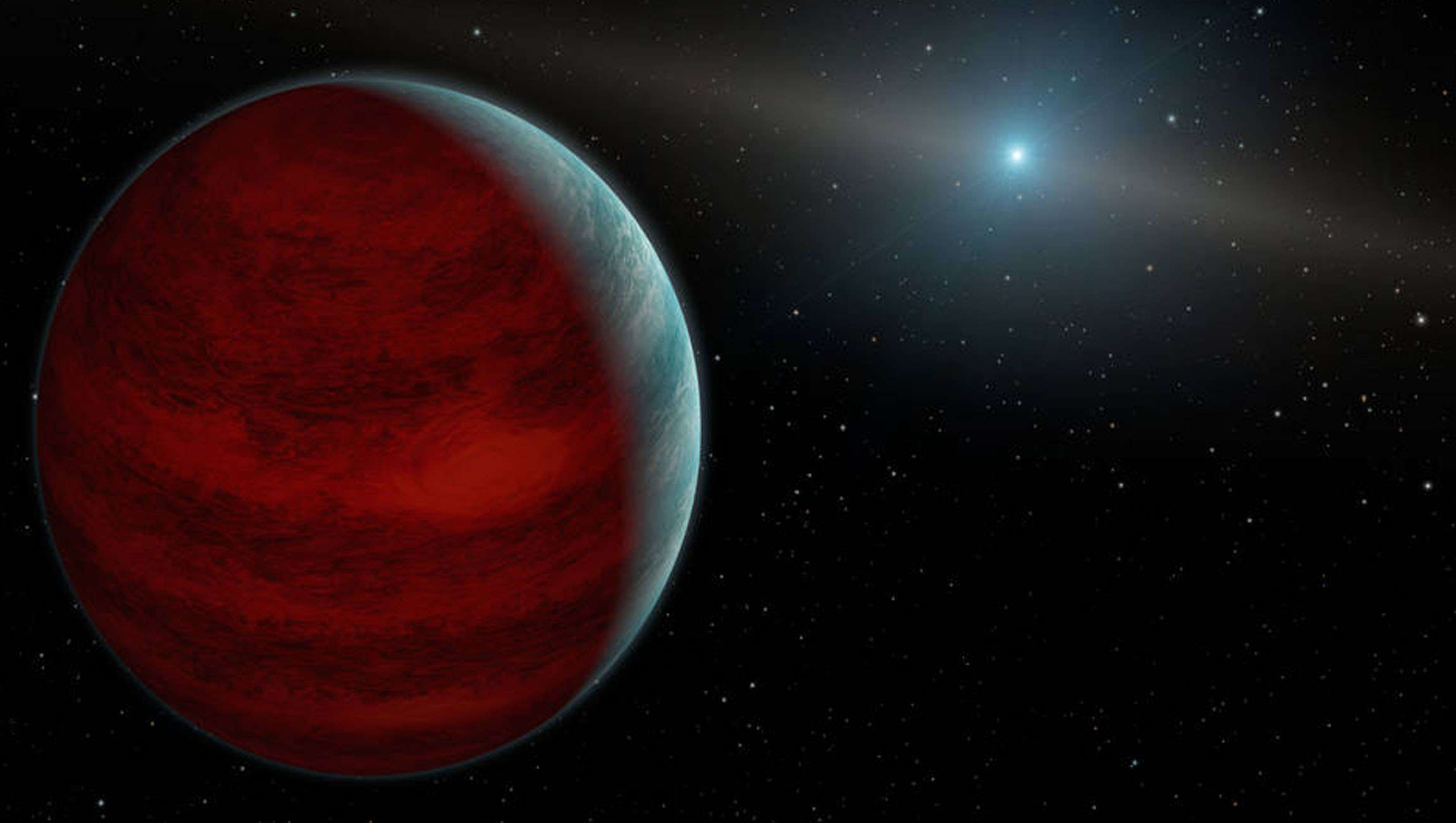Create a free profile to get unlimited access to exclusive videos, sweepstakes, and more!
Inside out: First exposed planetary core gives unprecedented look at a planet’s innards

No spacecraft has yet been able to dive to the core of gaseous orbs like Jupiter or Neptune. Turns out nothing needs to, because we just found an exposed one.
What is most likely the core of a failed gas giant (or one that had its atmosphere ripped away) was spotted by NASA’s TESS planet hunter, and has now been discovered in TESS data by a team of scientists from the University of Warwick’s Department of Physics. This superdense core is slightly smaller than Neptune and about 39 times the mass of Earth. It was discovered orbiting a young star in a barren and scorching “Neptune desert” that otherwise has few to no planets floating around. This exoplanet, TO1 849 b, could be an instant lab in space to study gas giants, since how they form has yet to be completely demystified.
“The interiors of giant planets remain poorly understood. Even for the planets in the Solar System, difficulties in observation lead to large uncertainties in the properties of planetary cores,” said astrophysicist David Armstrong, who led a study recently published in Nature. “Exoplanets that have undergone rare evolutionary processes provide a route to understanding planetary interiors.”
So how did it end up like that? Planets start life in protoplanetary discs swirling with gas and dust. Dust molecules smash into each other and keep accreting material until they eventually become planetesimals the size of moons and asteroids. It is commonly thought that all the asteroids and other objects that densely populate areas like the Kuiper belt are leftovers from failed planet formation. Once a planetesimal becomes massive enough to have a substantial gravitational pull, it can collect enough gas to form the layers upon layers that make up a gas giant. The problem with this theory is that while it is not impossible, asteroid-sized rocks would take too long to merge into something huge enough to collect enough gas to reach gas giant status.
Protoplanetary discs are only around for a few million years. Astrophysicist John Chambers, who was not involved in this research but studies gas giant formation, had previously run computer simulations and proposed that pebble-sized pieces of rock are more likely to form a planet massive enough to turn into a gas giant before the protoplanetary disc vanishes. That seems to be the case with TO1 849 b if it really did form fast enough to draw enough gas to it, though it still may have formed too late. There is just no way way of knowing how fast accretion happened through telescope observations. If it succeeded in becoming one, it lost everything but its rocky core in the end.
“The planet could have been a gas giant before undergoing extreme mass loss via thermal self-disruption or giant planet collisions, or it could have avoided substantial gas accretion, perhaps through gap opening or late formation,” Armstrong suggested.
If TOI 849 b had managed to turn into some sort of exo-Jupiter, it is possible is that its atmosphere was torn away by tidal disruption if it orbited too close to its star. It orbits so fast that one technical year on this planet is only 18 hours. Photoevaporation of its atmosphere could have also happened. When stellar radiation ionizes gas, making atoms lose and gain electrons, and scatters that gas away, photoevaporation happens. Armstrong, however, does not believe that this phenomenon could have happened on a large enough scale to strip all of the exoplanet’s atmosphere. Looking deeper into any remaining atmosphere with more advanced telescopes could eventually she more light on this mystery.
Until then, try to calculate your age on a planet with 18-hour years. You’re going to be ancient.














